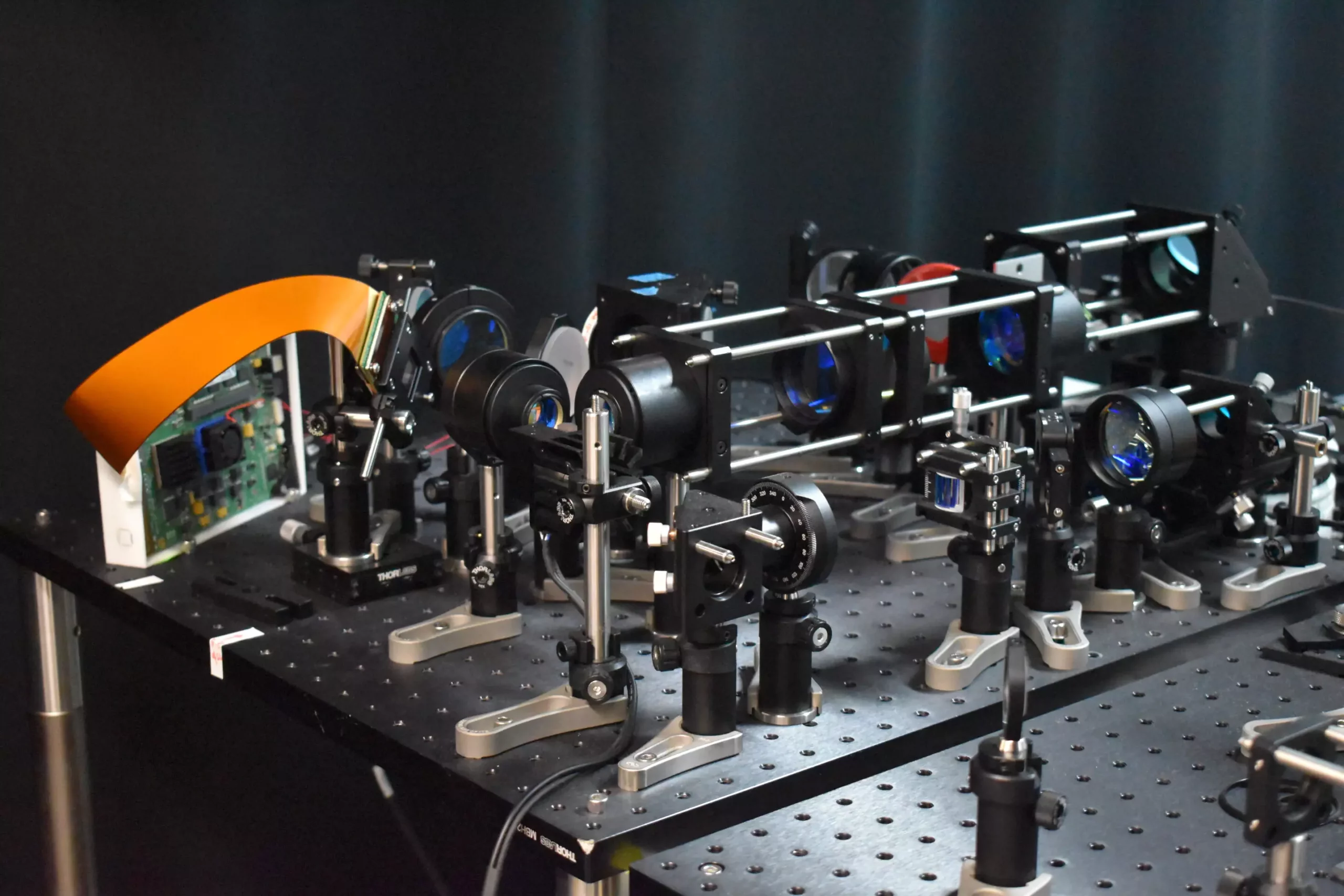Recent advancements in microscopy technology have led to the development of a new two-photon fluorescence microscope that has the potential to revolutionize the study of neural activity at cellular resolution. This innovative approach, characterized by high-speed imaging capabilities and reduced harm to brain tissue, offers researchers a clearer view of how neurons communicate in real-time. The implications of this new technology extend to understanding brain function and neurological diseases, providing valuable insights that were previously inaccessible.
Traditionally, two-photon microscopy involved scanning a small point of light across a tissue sample to excite fluorescence and capturing the resulting signal point by point. While this method produced detailed images, it was slow and posed a risk of damaging the brain tissue. To overcome these limitations, researchers introduced a new adaptive sampling scheme in the form of line illumination. By illuminating specific brain regions using a line of light, a larger area can be excited and imaged simultaneously, significantly speeding up the imaging process. This approach also minimizes the total light energy deposited to the brain tissue, thereby reducing the risk of potential damage.
The adaptive sampling technique was achieved through the use of a digital micromirror device (DMD). This device, containing thousands of tiny mirrors that can be individually controlled, enables precise targeting of active neurons in the brain tissue under study. By turning individual DMD pixels on and off to adjust to the neuronal structure, researchers were able to effectively shape and steer the light beam for optimal imaging. Moreover, a technique was developed to mimic high-resolution point scanning using the DMD, allowing for the reconstruction of detailed images from fast scans. This capability is essential for identifying neuronal regions of interest promptly, facilitating subsequent high-speed imaging with line illumination.
The new two-photon fluorescence microscope showcased its enhanced imaging capabilities by capturing calcium signals, which serve as indicators of neural activity, in living mouse brain tissue. Operating at a speed of 198 Hz, the system outperformed traditional two-photon microscopes in monitoring rapid neuronal events that would have been missed by slower imaging methods. Moreover, the adaptive line-excitation technique combined with advanced computational algorithms enabled the isolation of individual neuron activity, allowing for a deeper understanding of complex neural interactions and the brain’s functional architecture.
Future Directions
Looking ahead, researchers are focused on integrating voltage imaging capabilities into the microscope to provide a direct and rapid readout of neural activity. Additionally, they plan to apply the new imaging method to real neuroscience applications, such as observing neural activity during learning processes and investigating brain activity in disease states. Furthermore, efforts are underway to enhance the user-friendliness and reduce the size of the microscope, making it more accessible for neuroscience research and advancing our understanding of the brain at a cellular level.
The advancements in two-photon fluorescence microscopy represent a significant leap forward in the field of brain research. By offering real-time imaging capabilities with reduced harm to brain tissue, this innovative technology holds promise for unraveling the complexities of neural communication and shedding light on neurological diseases. Through continuous innovation and application in neuroscience studies, the new microscope is poised to contribute valuable insights into fundamental brain functions and pave the way for groundbreaking discoveries in the field of neurology.


Leave a Reply